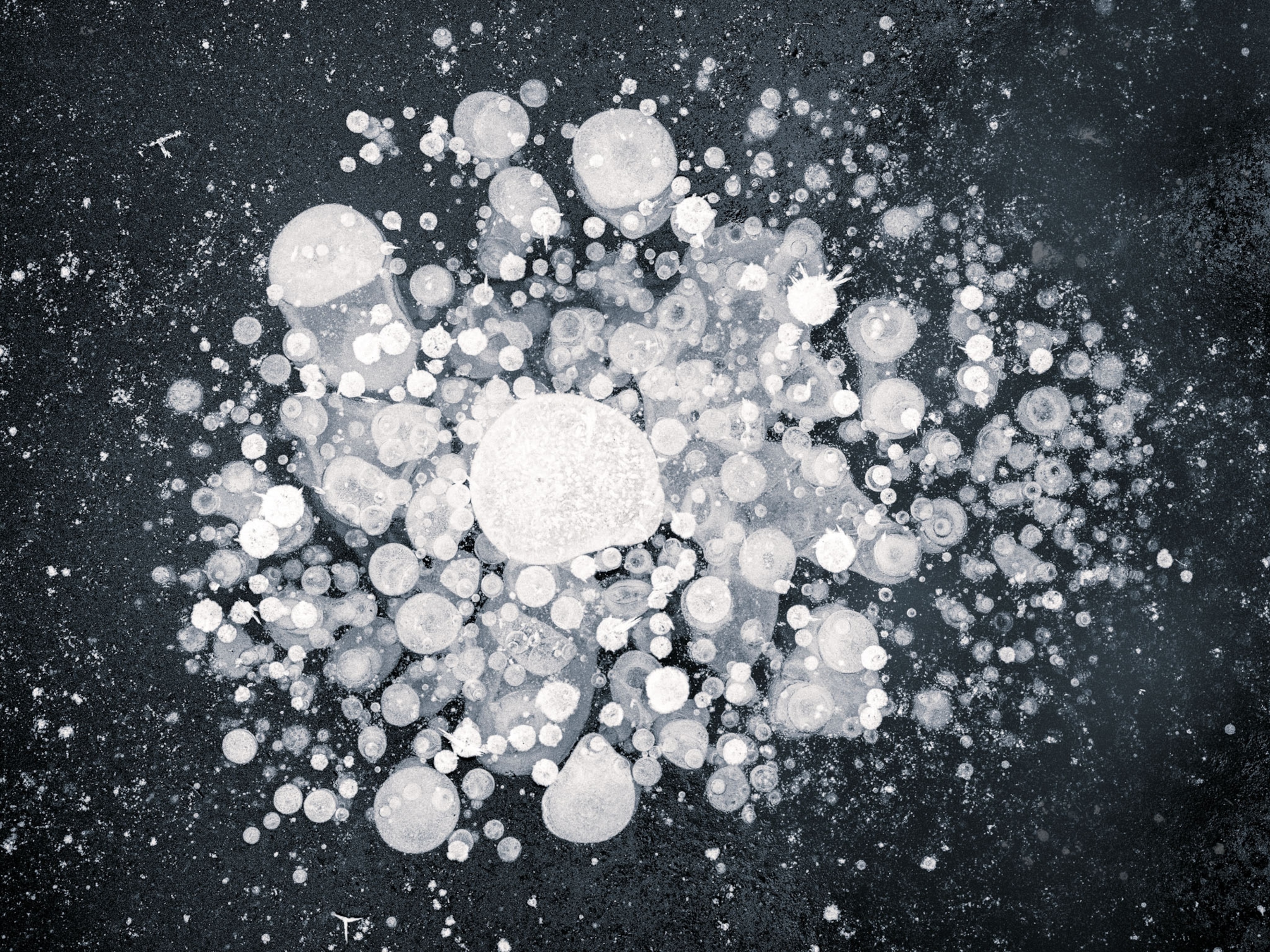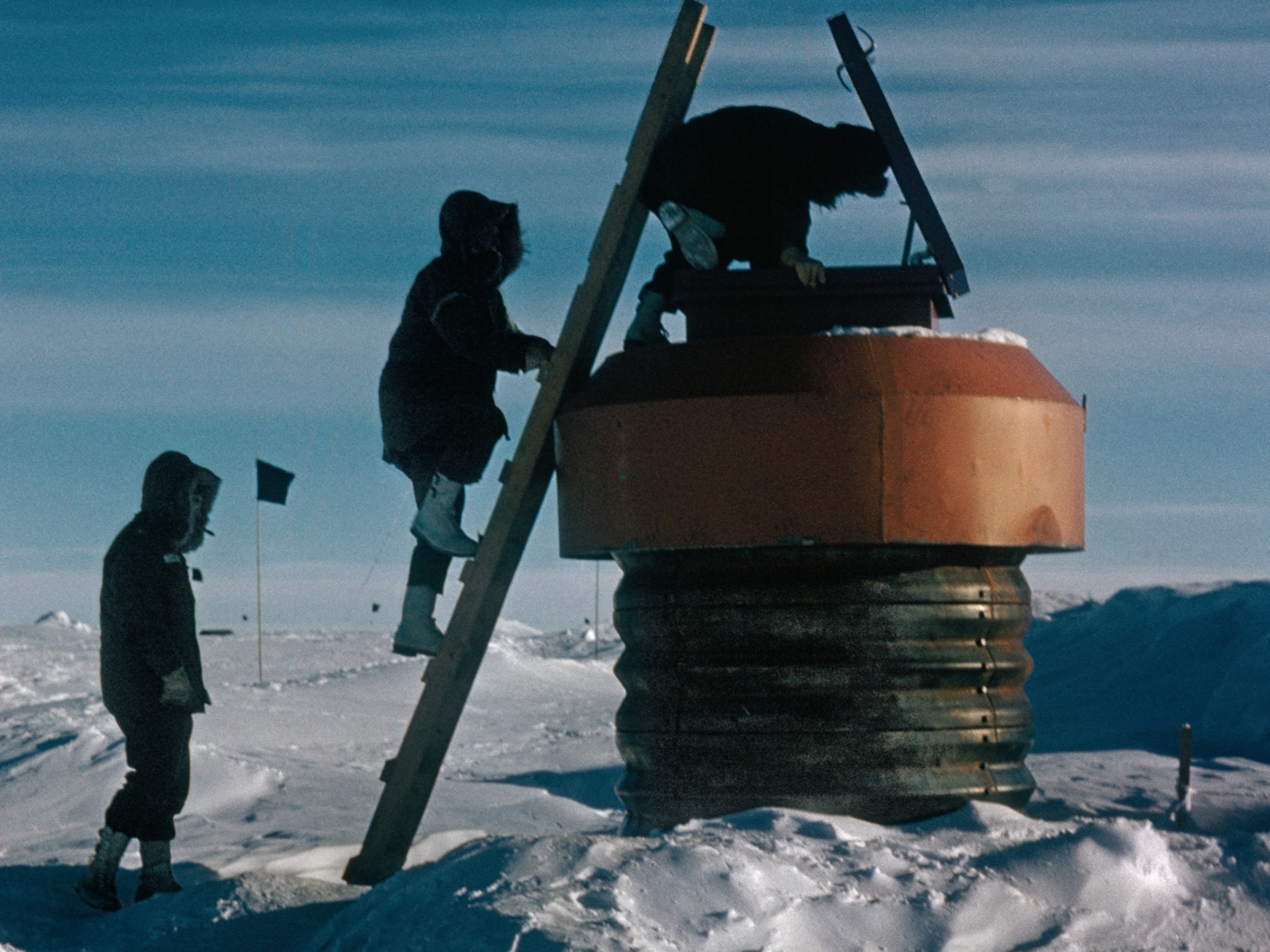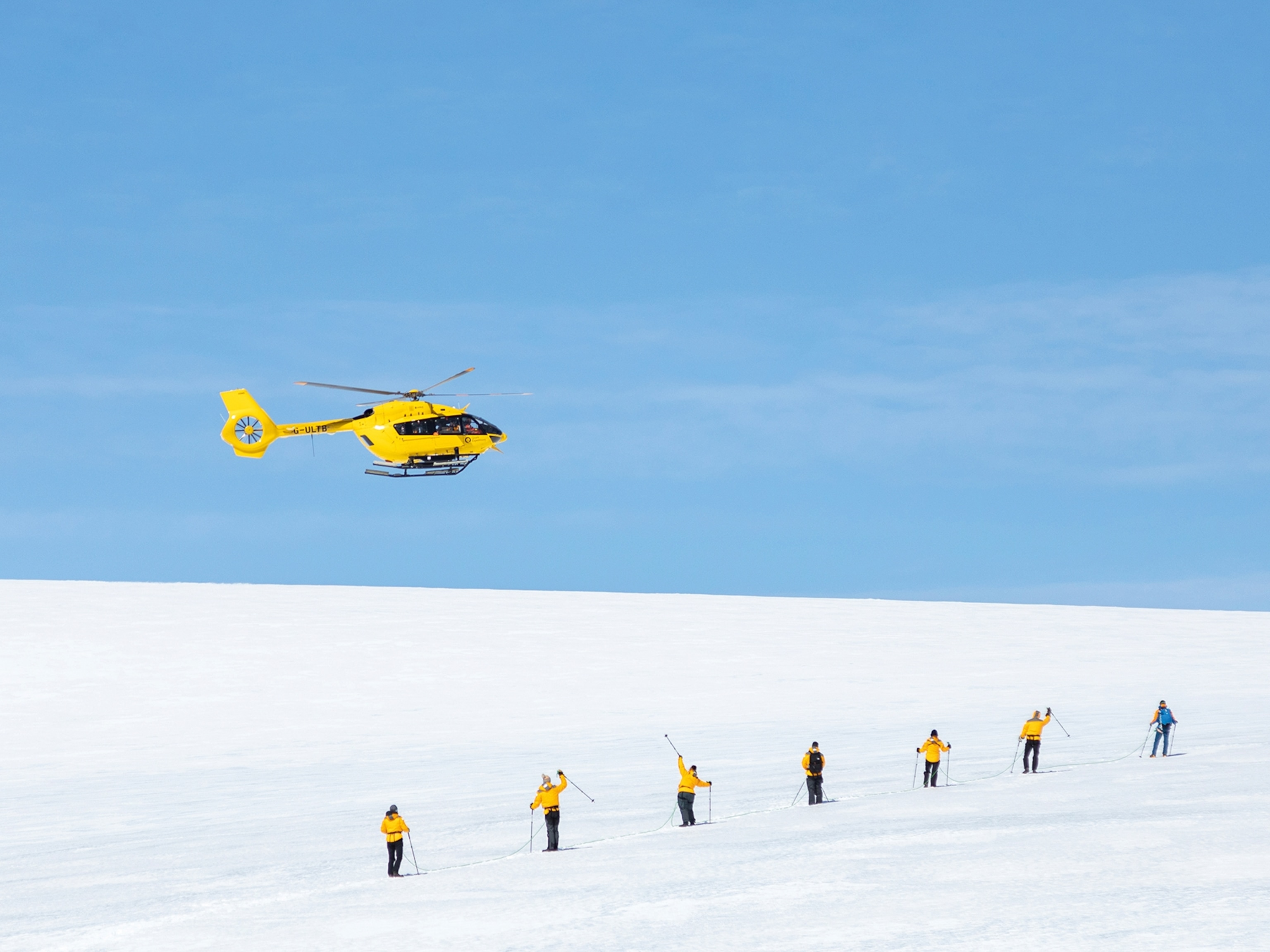
The race to save secrets trapped in ice
Can the ancient information locked away in the polar ice sheets be found before it all melts?
In the summer of 2022, a small but bustling town appeared atop the normally barren Greenland ice sheet. Rows of red tents flapped in the wind, and an LC-130 Hercules cargo plane occasionally delivered food, fuel, and equipment. But the camp’s main activity lay hidden 30 feet below the surface, in a network of tunnels that workers had spent weeks chainsawing into the ice.
Researchers bundled in down jackets toiled around the clock in these snowy tunnels as a massive drill rig churned downward to extract core samples and the secrets they contain from the deepest recesses of the ice sheet below.
Some of these cylindrical ice cores—each about the width of a pool noodle—hadn’t seen daylight for 100,000 years. They’re clear and flawless, “like window glass,” says Jørgen Peder Steffensen, a glaciologist at the Niels Bohr Institute in Copenhagen, Denmark, who, along with glaciologist Dorthe Dahl-Jensen, oversaw the camp’s daily operations. Researchers working in the Arctic and Antarctica have come to realize that this ice provides a rare view of the past, one that’s disappearing rapidly as climate change speeds melting at the poles.
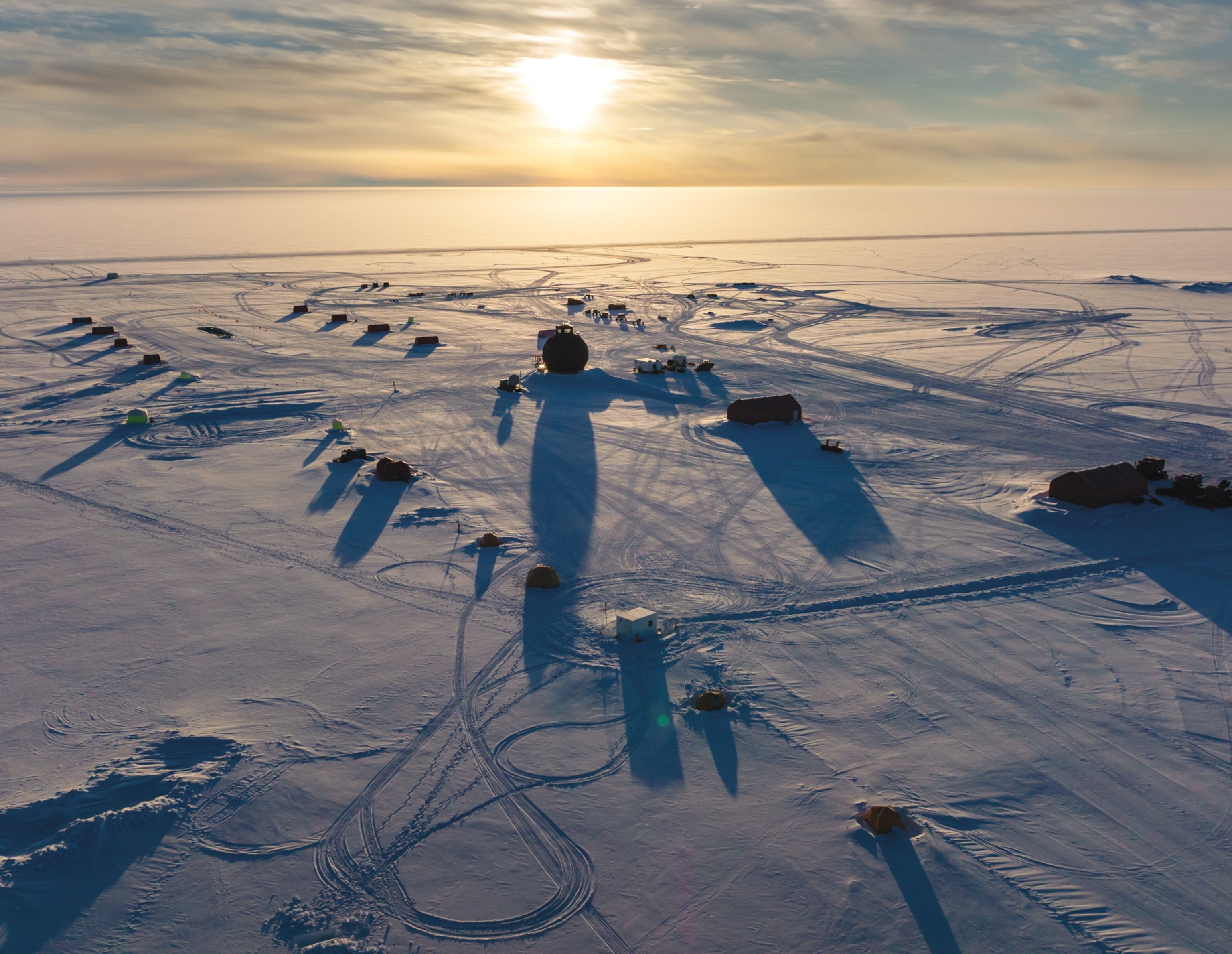
The vast ice sheets that cover Greenland and Antarctica formed one snowflake at a time, as winter flurries piled on top of each other and slowly compressed into ice. Air pockets between the snowflakes coalesced into bubbles that shrank and dissolved under great pressure, infusing the ice with a mix of nitrogen, oxygen, carbon dioxide, and other trapped gases—a perfect snapshot of the atmosphere. That’s what’s unique about ice cores, says Frank Wilhelms, a glaciologist at the Alfred Wegener Institute, a hub for polar research, in Bremerhaven, Germany: “You get direct access to million-year-old air.”
By analyzing gases trapped in the ice, scientists can reconstruct fluctuations in greenhouse gases over time and in some cases trace them to likely causes, such as wildfires, the increased growth of forests and wetlands that soak up carbon dioxide, or in more recent samples, fossil fuels. By measuring traces of sulfuric acid, beryllium, and chlorine, they can see past volcanic eruptions and changes in the sun’s brightness, which can also influence the climate. And by studying the oxygen atoms in water molecules, they can estimate atmospheric temperatures.
Scientists combine this information with data from tree rings and seafloor sediment cores to reconstruct how greenhouse gases influenced rain and snowfall patterns, growing seasons, and the stability of ice sheets. They can then develop computer models that capture the nuanced effects of greenhouse gases and accurately forecast how rising emissions will change our climate.
Ice cores can also illuminate the grand arc of human civilization. In layers from the past 3,000 years, Steffensen and his colleagues have measured airborne lead pollution that settled over the Arctic as the Phoenicians, Romans, and medieval Europeans mined and smelted silver. Temporary dips in that pollution mark societal upheavals like the decline of the Roman Empire after A.D. 400, and the Black Death, which began around 1350. Steffensen’s team has estimated that pollution was severe enough across much of the Roman Empire to cause mild lead poisoning and reductions in IQ.
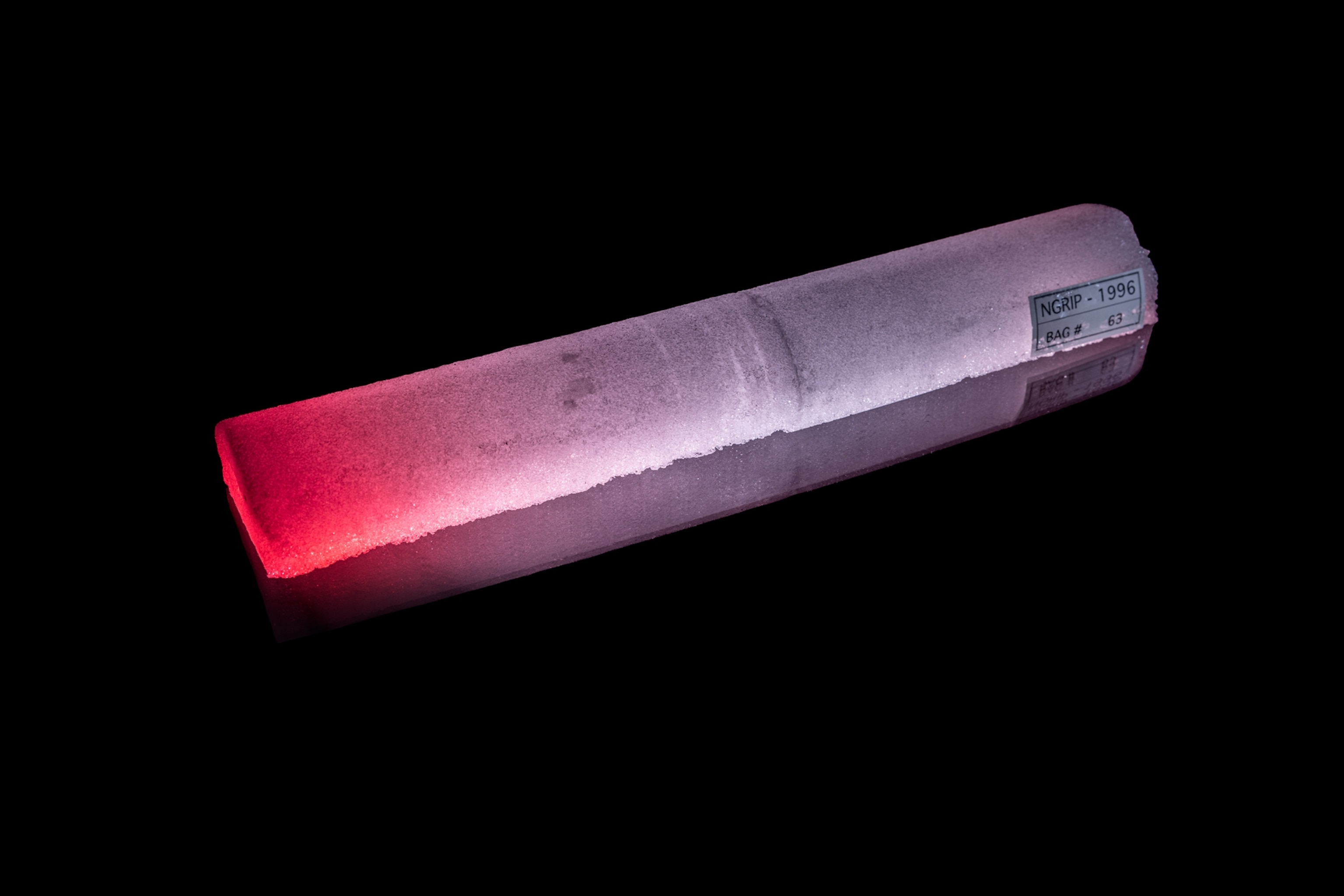
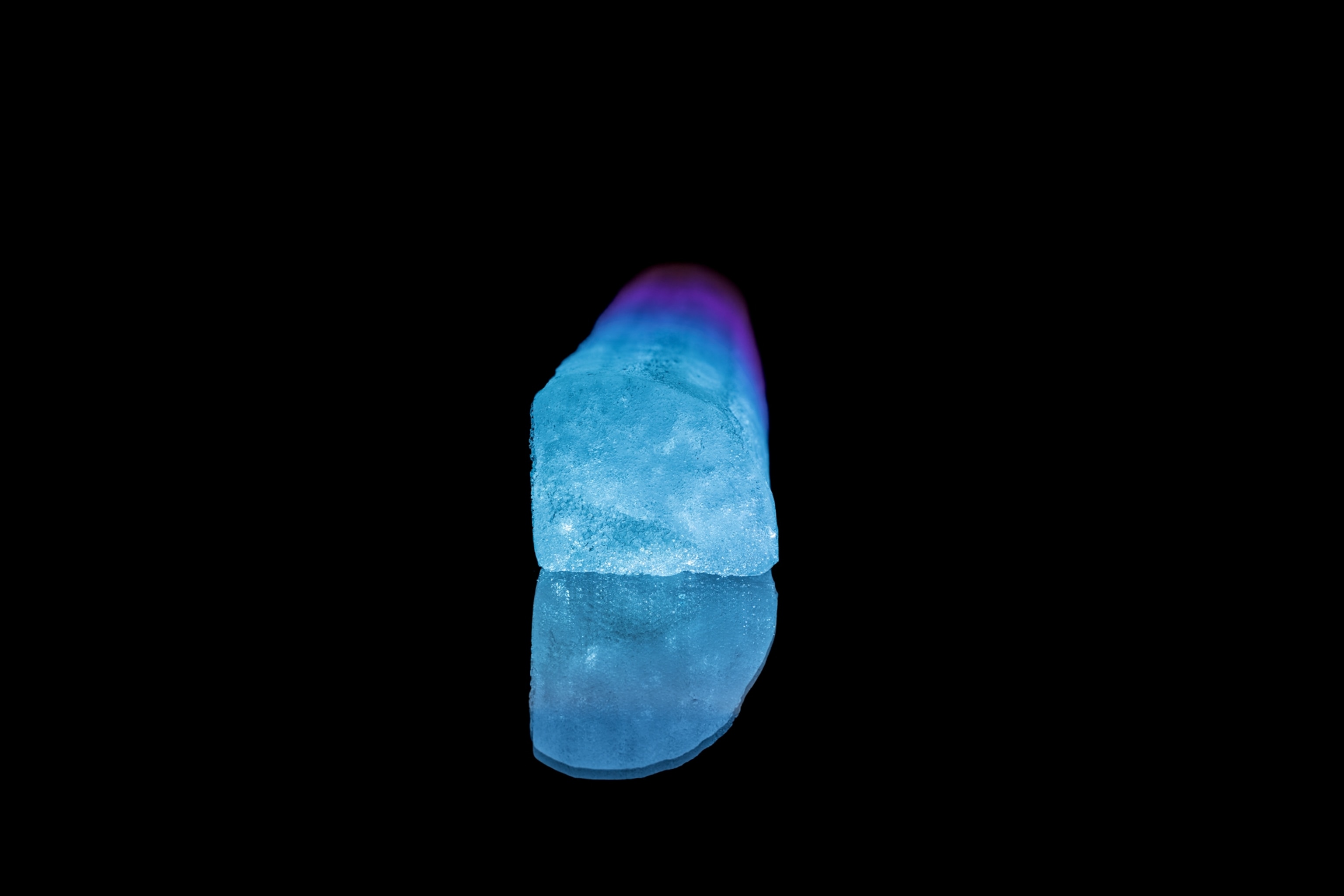

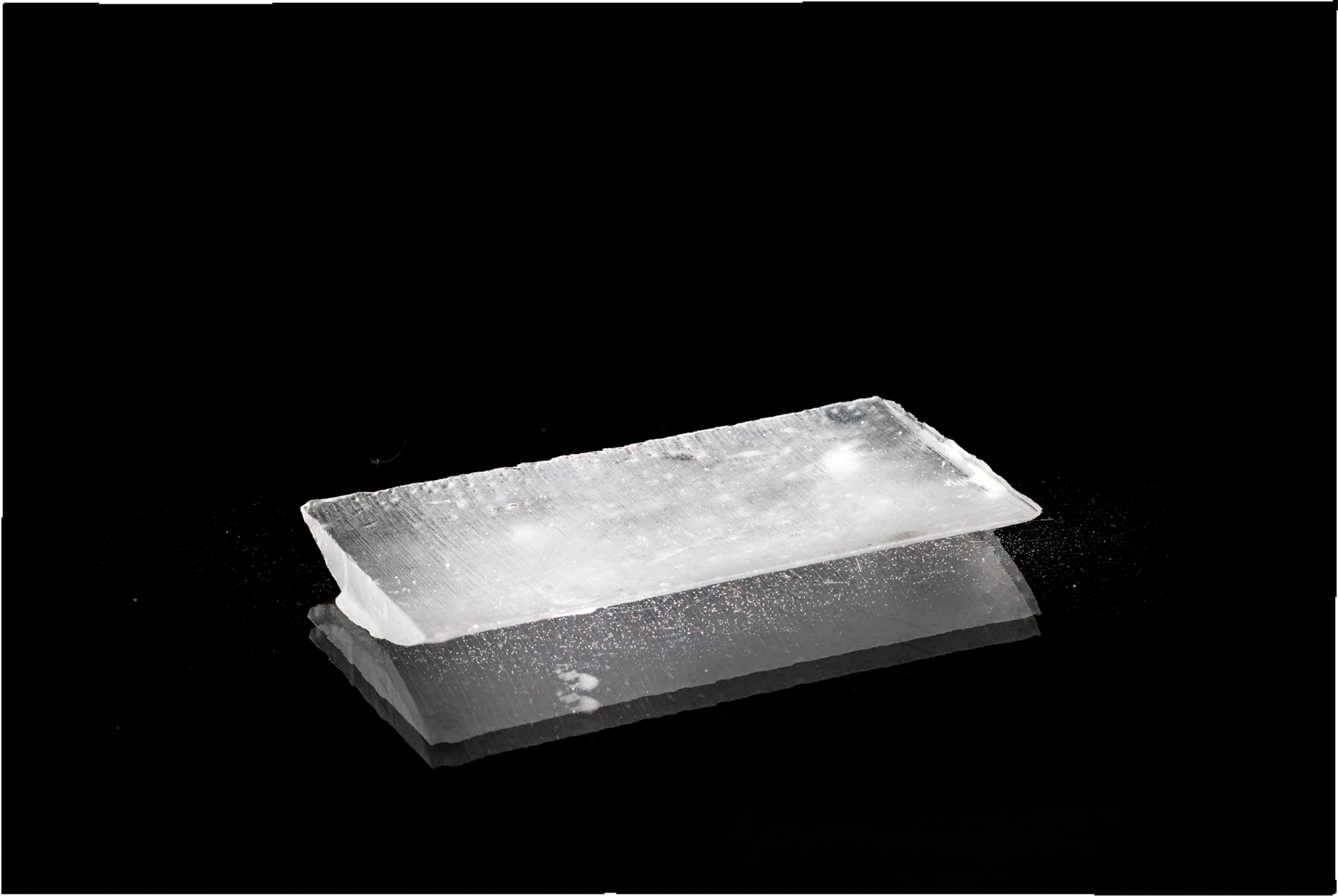
Panning out, these ice cores show that during the last ice age, which began 120,000 years ago, Earth’s climate swung violently between cold dry spells and warmer wetter periods. Modern humans existed throughout that time, but there’s no evidence that they settled down and learned to farm. “Climate change forced them to move all the time,” speculates Steffensen.
Then around 11,700 years ago, the climate warmed and stabilized, and within a thousand years, farming societies rose in the Fertile Crescent, India, and South America. “The last 11,000 years are, climatewise, the most stable” that we’ve seen in the past several hundred thousand years, says Steffensen. It was only during this period, a sort of stable climatic oasis, that human civilization flowered into cities, kingdoms, and countries.
“And now we are upsetting the apple cart,” he says, referring to the roughly 2.5 trillion tons of carbon dioxide that humans have pumped into the atmosphere since 1850. Unsurprisingly, the subsequent global warming is speeding up the ice sheet’s natural melting processes and sending the gargantuan masses of ice surging into the ocean, along with the records they keep. The block of ice where the camp sat, for example, is sliding toward the sea at a staggering rate of 3,000 feet per year at its coastal outlet, and continues to accelerate about one percent each year. “It’s one of the components of sea-level rise that’s accelerating the most,” says Dahl-Jensen.
By seeking out these fragile records in the ice, scientists hope to reconstruct the past while they still can—allowing them to predict the future.


